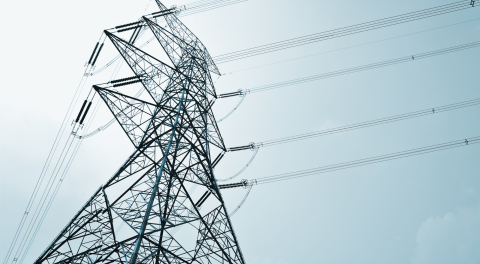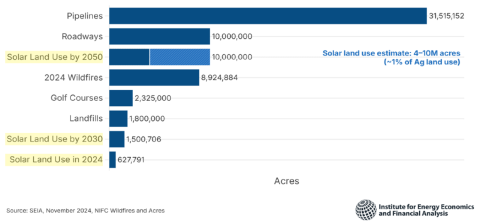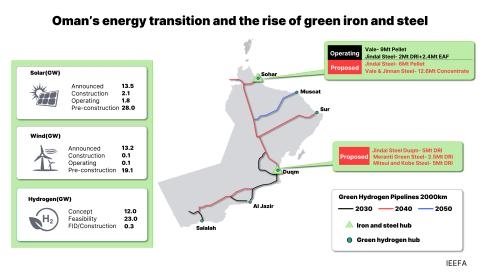Key Findings
ExxonMobil's Board needs to question the company's glowing predictions about its oil and gas reserves in the Permian Basin.
Executive Summary
ExxonMobil has suffered through a disappointing decade. Since 2010, the company’s profits have faltered, its free cash flow has regularly failed to cover payments to investors, and its stock price has fallen by more than 10 percent—even as the Standard & Poor’s 500-stock index almost quadrupled. Central to ExxonMobil’s woes was a string of disappointments in the company’s previously world-class global upstream portfolio, culminating in write-downs of Canadian oil sands projects, multibillion-dollar impairments of U.S. natural gas assets, and failed ventures in Russia.
The company has now placed the Permian Basin, the largest oil-producing region in the United States, at the center of its upstream turnaround plans. ExxonMobil has made a series of high-profile Permian acquisitions in recent years, relying on high-tech horizontal drilling and hydraulic fracturing (fracking) to boost oil and gas output from the region. Despite bumpy progress and shifting targets over the last few years, the company continues to tout its technical and financial excellence in the Permian, recently projecting that it will roughly double its Permian production by 2025.
The findings of this analysis raise troubling questions about the quality of ExxonMobil’s Permian assets.
ExxonMobil has invited investors to examine the quality of the company’s Permian oil wells as a way of assessing the company’s prospects for a financial and operational comeback. In two recent investor presentations, the company highlighted the performance of its wells within the Delaware Basin, a subregion of the Permian straddling western Texas and southeastern New Mexico, as evidence of its industry-leading performance within America’s top oil-producing basin.
IEEFA has undertaken an independent analysis of ExxonMobil’s position in the Permian. The findings of this analysis raise troubling questions about the quality of ExxonMobil’s Permian assets and their ability to sustain the industry-leading production that the company has been touting to investors.
- Although ExxonMobil has claimed that it occupies a leadership position in the Delaware Basin, the company’s actual production per well has slipped since 2018, both absolutely and in comparison with peers.
- In the Midland Basin, ExxonMobil’s largest Permian holding, the company’s performance is middling, ranking eighth among a peer group of 20, as measured by per-well production.
This analysis raises warning flags for ExxonMobil’s Permian ambitions, and highlights the need for the company to provide greater transparency about the operational and financial performance of the company’s upstream portfolio in general, and its Permian assets in particular.
At a time when many oil companies and analysts predict that the global economy will gradually reduce its reliance on oil and gas, only the highest-performing oil and gas assets can be developed profitably. ExxonMobil is moving forward with a corporate strategy that places the company’s Permian Basin assets at the heart of its operational and financial future. ExxonMobil has touted the exceptional quality of its Permian wells in its drive to reset investor confidence in the company. But IEEFA’s analysis suggests that investors should demand greater clarity about the company’s ability to sustain profitable, industry-leading development in the Permian.
This year’s tumultuous annual meeting, in which shareholders elected three new board members opposed by company management, demonstrated that ExxonMobil’s investors demand greater accountability, responsive climate policy, and improved finances. Examining the quality of the ExxonMobil’s Permian Basin assets, and their future contribution to the company’s finances, should be a key item on the new board’s to-do list.
















